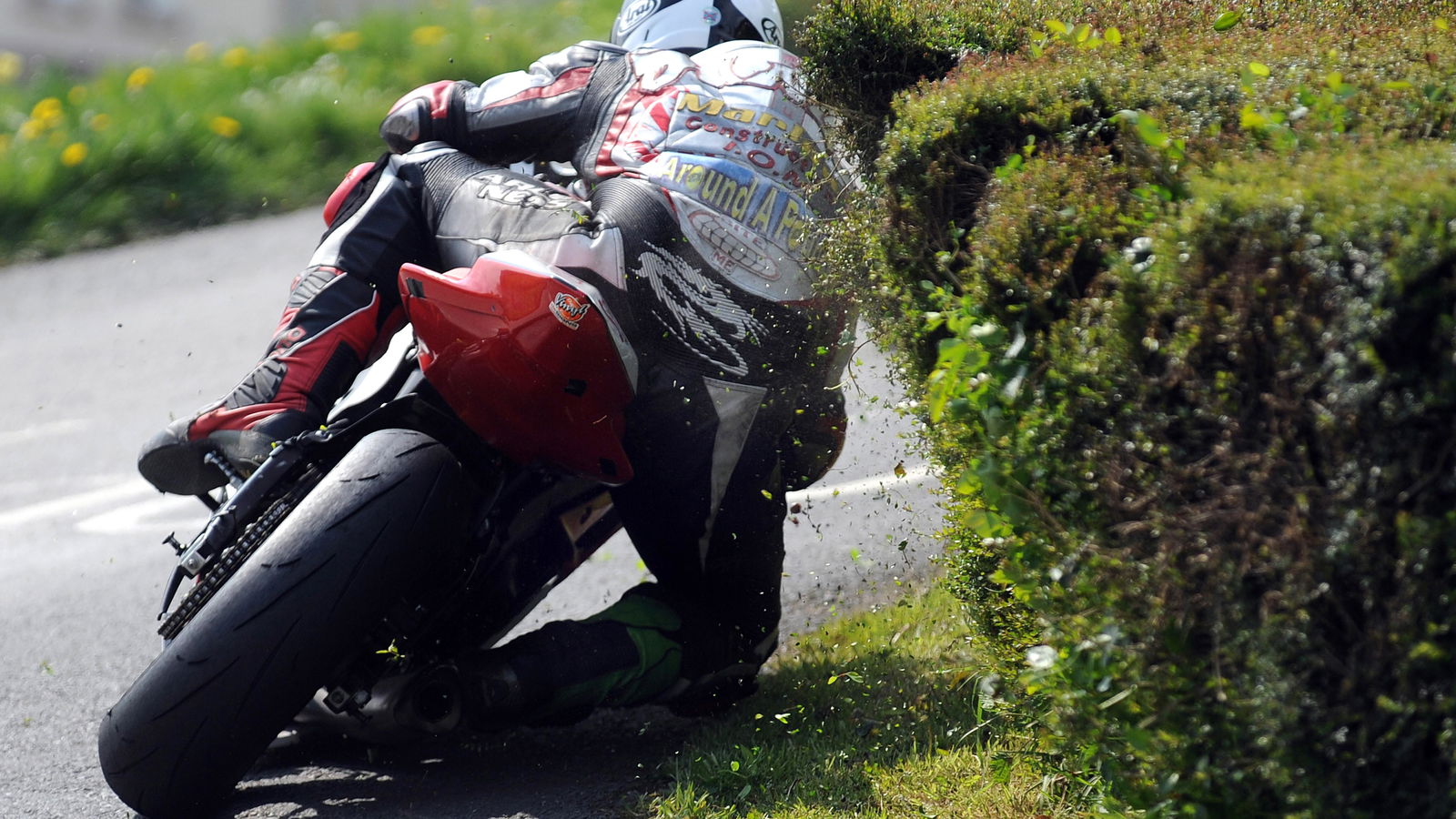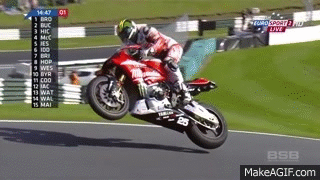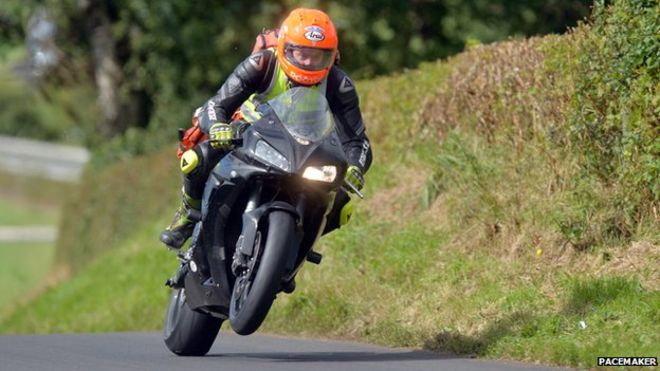Irish Road Racing Makes The Isle Of Man TT Look Cushy

If you’re into racing and extreme sports, then you’ll have heard about the Isle of Man TT. It’s one of the most dangerous and gruelling races in existence, 37.75 miles at an average speed of 132mph. Make a mistake on this track, and it’s a telegraph pole or the side of a house that riders will be faced with. Which is why it’s considered one of the most dangerous events on the motorsport calendar, but there is another event that makes the TT look like a cushy ride in the park…
It’s called Irish road racing and here’s why it’s the real king of danger:
Spectator safety is a major concern for motorsport events. Visit Silverstone, Circuit of the Americas or any other modern purpose-built track and you’ll find an array of safety measures. For a Moto GP bike to actually reach the crowds it would have to clear a concrete run off area, a sand trap, a tyre wall, and then finally a reinforced fence. Don’t get me wrong, it can and does happen, but very rarely. And even at the TT there are fairly strict ‘Prohibited Areas’ where spectator viewing is quite rightly restricted.
National Irish road races, on the other hand, are a world apart. The first time you visit an event such as Tandragee or Armoy it’s hard to believe that you can get so close. If you were to reach out, you could touch the bikes as they go screaming by. The Health and Safety brigade clearly does not have a home here.
Cadwell Park in Lincolnshire is often referred to as the ‘mini Nurburgring’. It’s fast, technical and home to one of the most spectacular sections of track anywhere in the UK - the Mountain. British Superbike riders such as Josh Brookes can get some serious airtime and it’s a favourite haunt for photographers and spectators. However, compared to the jumps at Irish road race Kells, it looks like child’s play.

Kells is a 2.2-mile course in Crossakiel, County Meath and is known for its airborne antics. A fast lap time demands bravery and dedication. The top riders hit O’Dea’s jump at a startling 160mph and are launched over 30 yards down the road.
At some of the smaller National road races, it’s not uncommon for riders to reach speeds in excess of 160mph. But it’s at the major international events such as the North West 200 where top speeds enter another dimension.
The North West 200 is Northern Ireland’s largest outdoor sporting event and the circuit passes through the towns of Portstewart, Coleraine and Portrush. It’s one of the quickest race tracks anywhere in the world and in 2012 Martin Jessopp hit a GPS-verified 208mph on his way down to University corner.
These speeds can also be reached at the TT, but what makes the NW200 so astounding is that the racers are often jostling for position, four to five abreast down the super fast straights.
When Guy Martin arrived at Kells for his first Irish road race, he had to ask his friend where the circuit was. He was met with a curt reply, “you’re standing on it”. However, for anyone who has actually attended a road race, Guy’s confusion is completely understandable.
Unlike Monaco, Macau or the Manx GP the Irish tracks don’t have billiard table smooth tarmac. They’re often lined with mud, pothole covers and cow crap. They’re also only a feet wide at certain points, and unlike Nascar, when it rains, the riders don’t go home crying.
It takes a special sort of person to race at 200mph between houses, brick walls and fences (or ‘furniture’ as the road racers like to call it). But for riders who have grown up in Ireland and the north of England, riding on these local roads is something that comes naturally.
Hardly a season goes by without a handful of fatalities, but it certainly doesn’t slow the racers down. In 2008, for example, two days after Robert Dunlop died in practice at the NW200, his son Michael went out and dominated the 250cc race in memory of his dad. Where else in the sporting world would that happen?
The most heroic men on the grid are not the racers themselves, but the doctors who are prepared to give life saving support at a moment’s notice. And unlike other motor racing events, a crash usually equates to a life threatening injury.
As a result, the doctors need to be on scene within at least 15 seconds of a crash. But with the unique constraints of a road race, the only way this is possible is to have the doctors on bikes themselves. That’s right, fully qualified doctors on racing motorcycles. Incredible. And unlike the travelling marshals at the Manx events, the riders have to carry heavy medical gear at all times.

Dr John Hinds was one of the most respected road race medics and would give up his free time to assist at races throughout Northern Ireland. He was not only a hugely talented doctor but was also equally adept on two wheels. He would set off behind the riders and chase at racing speeds with his full medical pack attached to his waist. Unfortunately, due to a freak accident, he lost his life this year at the Skerries 100. He will be sorely missed in the racing paddock, but his spirit represented the very best of road racing.
Comments
Isle of man TT isnt Cushy, its a different sort of race. The irish road racing is really entertaining because its racing between the riders whereas the TT is rider versus the track. I personally favour both, racing on public roads (that have been closed off) should be more common than fancy pants race circuits. Pretty sure the best ALMS circuits are the street circuits, Also watch some of the V8 Super car street circuits, there is just a sense of danger that makes your eyes stay glued to the screen.
Anyway Irish road racing is incredible, amazing how the bikes suspension holds the riders balls. proper scary stuff
Anyone interested might like the Faugheen 50 road racing, happens in Tipperary in the South East of Ireland, much smaller roads, same bikes.
I’m very impressed by the doctor. Watched the whole thing and he saved a lot of lives risking his own.
Just imagine…2000-2010 F1 here. The noises, The power!
Pagination